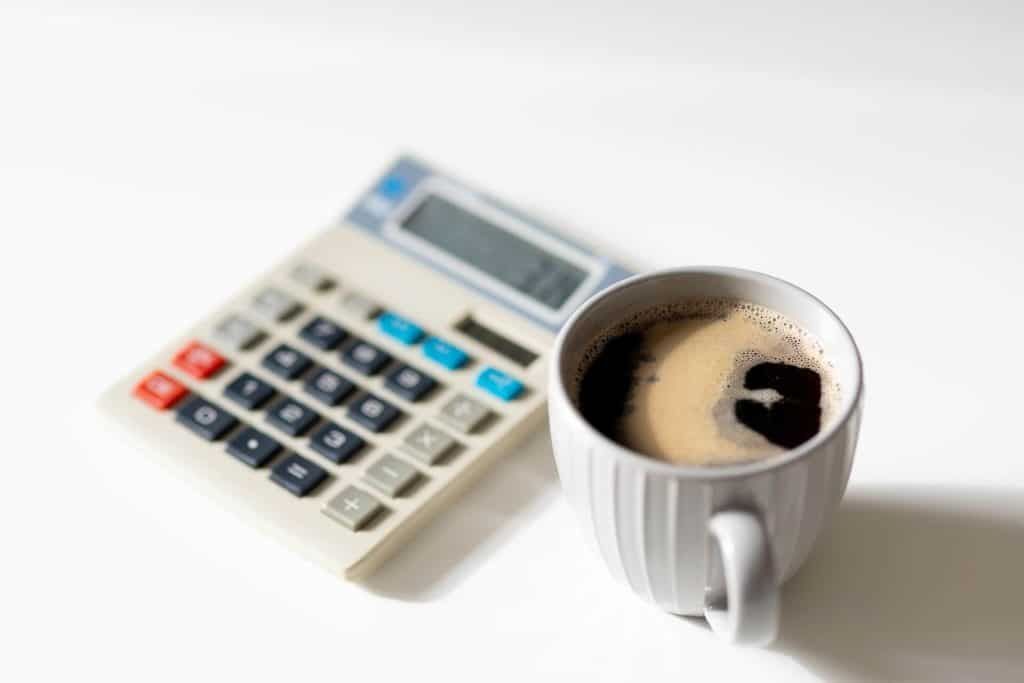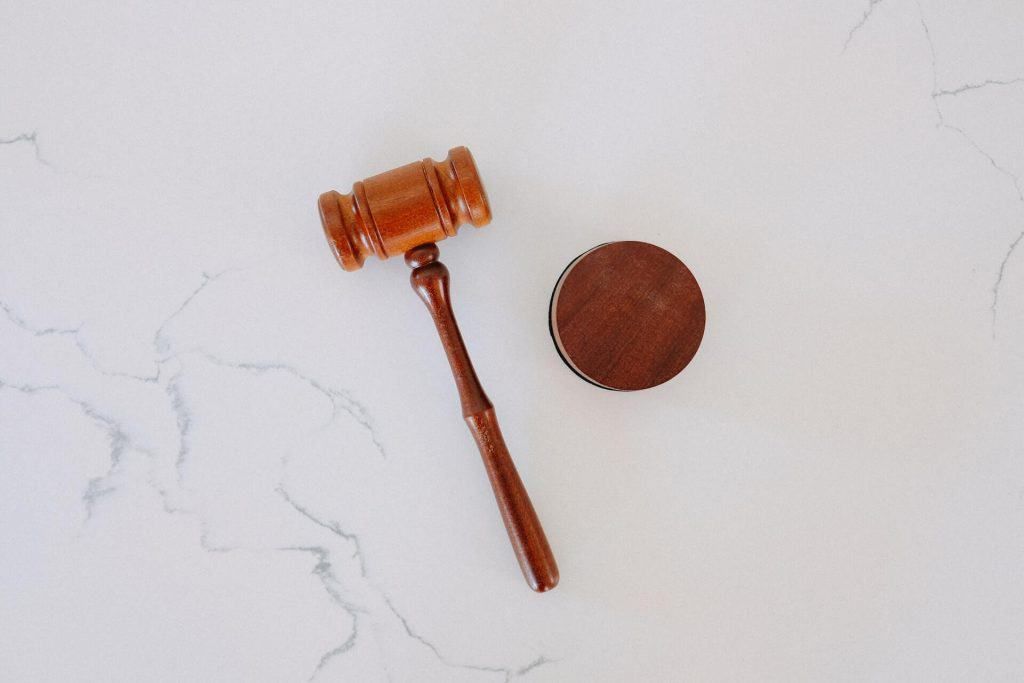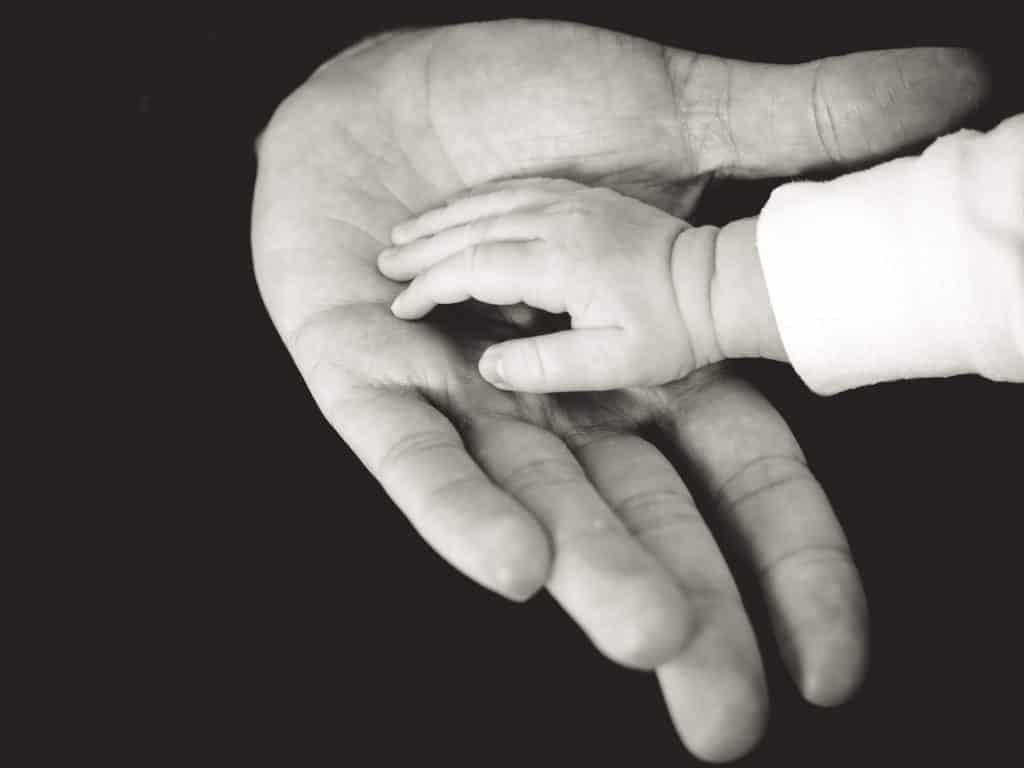Edgecliff Mews Building.
Suite 19 Level 3/193-201 New South Head Rd, Edgecliff NSW 2027
Super teething issues
Last year 9,700 individuals applied for compassionate release of super for dental treatment expenses, and 82% were approved. Out of those approved, 9% were for a dependent child’s dental treatment, which could include braces. What is the pathway for access?
While normally superannuation must be preserved for retirement, there are limited exceptions. One of these is compassionate grounds. An individual must apply to the ATO for a determination that an amount of the person’s preserved benefits or restricted non-preserved benefits in their fund be released on compassionate grounds due to the individual lacking the financial capacity:
a. to pay for medical treatment (defined as life-threatening illnesses or to alleviate acute or chronic pain or mental disturbance or medical transport for the person or a dependant)
a. to pay for medical treatment (defined as life-threatening illnesses or to alleviate acute or chronic pain or mental disturbance or medical transport for the person or a dependant)
b. to enable payments to prevent foreclosure by a mortgagee or the exercise of an express or statutory power of sale over the family home
c. to pay for home and vehicle modifications to accommodate the special needs of a severely disabled person or dependant
d. to pay for expenses associated with the person’s palliative care, death, funeral or burial, or
e. to meet expenses in other cases where the release is consistent with items (a) to (d).
Where one of these conditions is met, the benefit must be released as a single lump sum not exceeding the amount that is determined by the ATO to be reasonably required, based on the nature of the hardship and the person’s financial capacity. The ATO must provide a copy of its written determination to both the individual applicant and the trustee of their superannuation fund.
Turning back to dental treatment, point (a) is the relevant release condition. The applicant will need to demonstrate that they are suffering acute or chronic pain such that they require dental treatment to alleviate that pain, and that they are lacking the financial capacity to pay for that treatment. From an evidentiary perspective, an applicant would almost certainly need to furnish the ATO with correspondence from a dentist that speaks to the above, and also evidence of their financial position.
The ‘acute or chronic pain’ requirement means that cosmetic procedures such as teeth whitening, dental veneers, dental bonding, dental implants, dental bridges, dental crowns/tooth caps, orthodontics, and white tooth fillings are all unlikely to qualify.
There is no lifetime limit on the number of applications that you can make. For example, if you had three children who all required braces, then potentially you could tap into your super for each child’s procedure. Before making an application, individuals should consider:
- alternative funding sources, such as loans
- the impact on your retirement savings, noting the compounding nature of superannuation investments. Each time you dip into your super, you’re killing off the power of compound interest. Instead of braces costing $7000 or more, compounding interest means that it may be several multiples of this by the time you retire.
Browse Our Website
Contact Information
Phone: 02 9212 1982
Email: reception@itc.sydney
Address: Edgecliff Mews Building.
Suite 19 Level 3/193-201 New South Head Rd, Edgecliff NSW 2027
PO Box 873, Edgecliff NSW 2027
Liability limited by a scheme approved under Professional Standards Legislation.
© 2023 ITC | Interactive Tax Consultants. All Rights Reserved. Website by Abepe
DISCLAIMER: All information provided on this website is of a general nature only and is not personal financial or investment advice. It does not take into account your particular objectives and circumstances. No person should act on the basis of this information without first obtaining and following the advice of a suitably qualified professional advisor. To the fullest extent permitted by law, no person involved in producing, distributing, or providing the information in this publication (including Taxpayers Australia Incorporated, each of its directors, councillors, employees and contractors and the editors or authors of the information) will be liable in any way for any loss or damage suffered by any person through the use of or access to this information.










